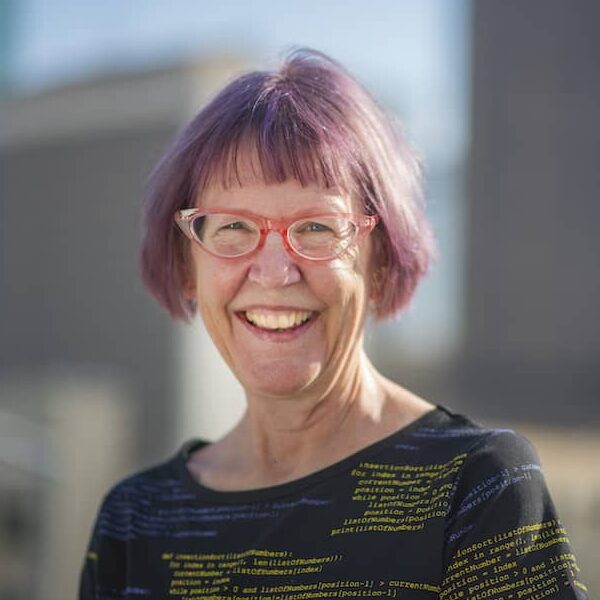Andrew Romanoff is criticizing his opponent in the Democratic U.S. Senate primary for accepting money from oil and gas executives, but most of the industry’s campaign cash is headed to the Republican incumbent.
John Hickenlooper, the former Colorado governor who worked decades ago as a geologist for an oil and gas company, accepted about $63,000 from people in the industry, according to data from the Center for Responsive Politics and a Colorado Sun analysis of the most recent filings, but it’s a fraction of the $13 million he’s raised to date.
In 2014, when Hickenlooper won a second term as governor, oil and gas was the No. 10 industry contributing to his campaign. In his current race, the industry doesn’t even make the top 20.
By comparison, oil and gas executives are No. 5 on Republican U.S. Sen. Cory Gardner’s list of contributing industries at more than $525,000.
Romanoff, who is calling for an end to fracking as part of his push to address climate change, made donations from the oil and gas industry a campaign issue in a recent debate.
He touted that he took a pledge — pushed by environmental activists — to reject money from the industry and challenged Hickenlooper to do the same. Hickenlooper has declined to accept the challenge but has called for 100% renewable energy by 2050, a move that would phase out oil and gas development.
But even Romanoff, the former state House speaker, has received at least $3,500 from affiliates of the oil and gas industry, according to the center’s data, including $650 from a Chevron employee.
Some appear to violate the pledge, but other donations fit within the caveats allowed. The pledge only limits donations over $200 from industry executives, lobbyists and political committees. It also doesn’t apply to family members, which are included in the analysis. His campaign disputes the total amount calculated in the analysis.
Earlier in the campaign, shortly after committing to the pledge, he made a $5,000 donation to the Sierra Club to cover any fossil fuels contributions to his campaign that came in previously.
The conversation about campaign finance is prominent in the Democratic contest ahead of the June 30 primary election. Neither Romanoff nor Hickenlooper are accepting donations from political action committees, though they both benefited from PAC donations to affiliated organizations in prior campaigns.
But the donors to the campaigns are significantly different — and say a good bit about the candidates. Executives from securities and investment firms are big donors to Hickenlooper and Gardner. But educators are Romanoff’s biggest contributors.
Most of Romanoff’s campaign cash comes from donors giving $200 or less. Hickenlooper and Gardner are getting most of their money from those giving $2,000 or more.
It’s important to consider the business interests of a campaign’s donors and contrast them with those of a candidate’s constituents, said Sheila Krumholz, executive director of the Center for Responsive Politics, a nonprofit that operates OpenSecrets.org tracking federal campaign cash.
“It certainly begs the question of what are their policies toward education reform, toward fossil fuels and climate change,” Krumholz said. “What is Wall Street’s interest in Hickenlooper, Gardner or Romanoff, which may not align with the interest of the voters?”
The support of donors related to the oil and gas business can be fraught in Colorado. The industry is a significant economic driver in some parts of the state, while voters in other areas voice concerns about the climate impacts of fossil fuels production and use.
Hickenlooper’s ties to the industry are well-known, despite its limited support for him during this campaign. He accepted more than $142,000 from the industry and its employees for his 2014 gubernatorial reelection, according to the National Institute on Money in Politics, a nonprofit that tracks state campaign money. Some of that money came from political action committees created by large oil and gas producing companies.
The industry also donated at least $325,000 to his office for various initiatives, a Colorado Sun/CBS4 investigation found.
In the current campaign, however, the industry that gives him the most money — at more than $1 million — is securities and investments. He received another $700,000 from attorneys.
All three U.S. Senate candidates received the most money from donors who listed themselves as retired. Hickenlooper received $1.6 million, while Gardner’s campaign took in $2.4 million. Romanoff received $532,000 from these donors.
Often, even those retired donors have some sort of economic interest at heart, Krumholz said. “Retired donors are not your average pensioners,” she said. “In our review of the data, many of them were titans of industry, affiliated strongly with their former company and industry.”
Perhaps the biggest difference among the candidates in terms of their fundraising is how much.
Gardner, who began raising money for 2020 upon taking office in 2015, has brought in more than $16 million, while Hickenlooper has raised nearly $13 million since getting in the race in mid-August.
Romanoff has raised nearly $3 million since launching his campaign in early 2019. He brought in more money than ever between April 1 and June 10, topping $710,000. But that’s still dwarfed by Hickenlooper’s nearly $3.7 million take and Gardner’s $2.1 million during the same period.
Meanwhile, Hickenlooper has spent more than $6.7 million, nearly as much as Gardner’s $7 million. Romanoff has spent less than a third of the other two candidates.
Hickenlooper’s fundraising numbers have steadily grown since he joined the contest, while Gardner’s and Romanoff’s have remained relatively stable.
The former governor’s fundraising is helped by the endorsement of the Democratic Senatorial Campaign Committee and other traditional Democratic heavy hitters. Hickenlooper and Gardner are each members of 18 joint fundraising committees that allow candidates and party committees to band together to raise campaign cash. Romanoff isn’t getting that kind of help.
Colorado Sun staff writer John Frank contributed to this report.
This story is a part of #FollowtheMoneyCO, a project of the Colorado News Collaborative (COLab), edited by The Colorado Sun with support from the Colorado Media Project.


